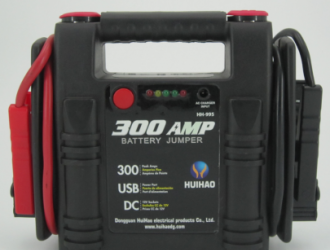The main reasons and solutions for the uneven color of injection molded products are as follows:
(1) Poor diffusion of the colorant, which often causes patterns to appear near the gate.
(2) The thermal stability of plastics or colorants is poor. To stabilize the color of the parts, the production conditions must be strictly fixed, especially the material temperature, material volume and production cycle.
(3) For crystalline plastics, try to make the cooling rate of each part of the part consistent. For parts with large wall thickness differences, colorants can be used to mask the color difference. For parts with uniform wall thickness, the material temperature and mold temperature should be fixed. .
(4) The shape of the part, the gate form, and the position have an effect on the filling of the plastic, causing some parts of the part to produce chromatic aberration, which must be modified if necessary.
Cause analysis of color and gloss defects of injection molded products:
Under normal circumstances, the gloss of the surface of the injection molded part is mainly determined by the type of plastic, colorant and the finish of the mold surface. But often due to some other reasons, the surface color and gloss defects of the product, the surface dark color and other defects.
Causes of this kind and solutions:
(1) Poor mold finish, rust on the surface of the cavity, and poor mold exhaust.
(2) The gating system of the mold is defective, the cold slug well should be enlarged, the runner, polished main runner, runner and gate should be enlarged.
(3) The material temperature and mold temperature are low, and local heating of the gate can be used if necessary.
(4) The processing pressure is too low, the speed is too slow, the injection time is insufficient, and the back pressure is insufficient, resulting in poor compactness and dark surface.
(5) Plastics must be fully plasticized, but to prevent degradation of materials, be stable when heated, and adequately cooled, especially thick-walled ones.
(6) Prevent cold material from entering the part, use self-locking spring or lower nozzle temperature when necessary.
(7) Too much recycled materials are used, plastics or colorants are of poor quality, water vapor or other impurities are mixed, and lubricants used are of poor quality.
(8) The clamping force must be sufficient.








